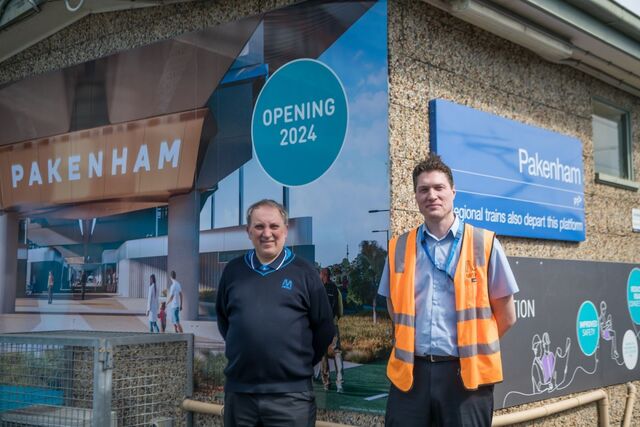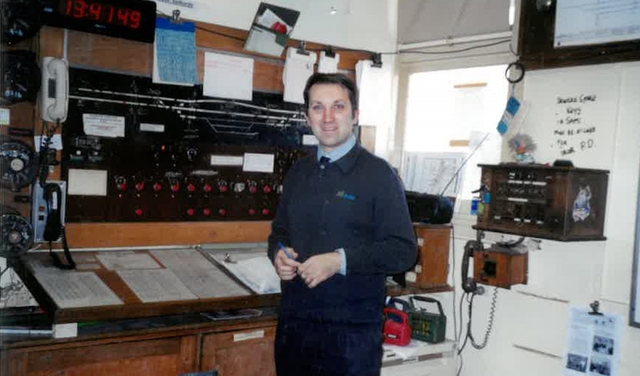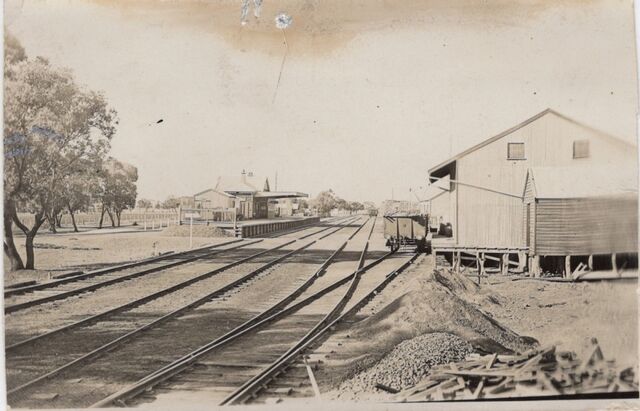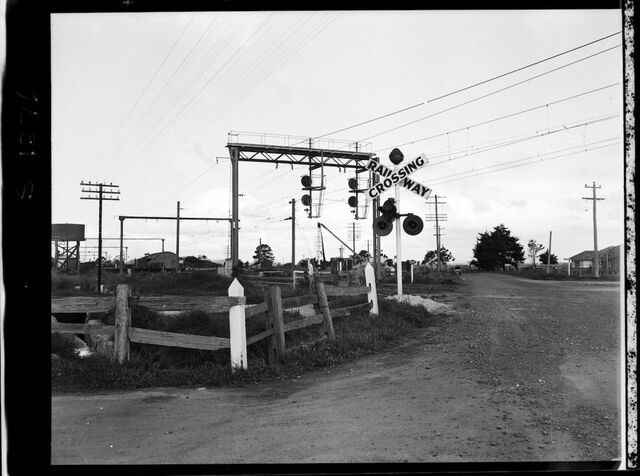As the construction team gets ready to remove the level crossings at McGregor Road, Main Street and Racecourse Road, as well as open the new Pakenham Station to commuters next month, the spotlight is on Pakenham Station’s local legend, Andrew Legge.
Andrew Legge has worked for most of his life as a Station Officer at Pakenham Station, after he began working for the railways in 1990. He remembers when Pakenham was a country hamlet town, when his family moved to the area in 1983.
“I used to know it like the back of my hand. Not now. Mainly V/Lines came through Pakenham back then,” he said.
“When I joined, there were 5 freight trains in each direction each day. When we had the occos (occupations – or rail line closures), I had to be the pilot on the train from here to Dandenong. That was an interesting job.”
“We used to book for interstate, Sydney, we used to book cars going on trains from here to Adelaide or Perth. We used to do it all. We used to have coupons. All the tickets, zone 1, 2, 3 – it was all manual. Now it’s all on a computer, it’s so much easier.”
After working in the same building for 33 years, Andrew and his team are excited about moving into their new, modern Pakenham Station digs opening next month.
“Yes, we are looking forward to working in the new station. From what I’ve seen of the plans, I’m really looking forward to it.”
Pakenham has always had a strong connection to the railways, with the first train reaching Pakenham in October 1877. It provided a much-needed gateway to Victoria’s south-east and enabled industry to take place in an otherwise inaccessible region.
This railway eventually stretched to Orbost on the Snowy River in 1916, more than 300km from Melbourne.
Then, with the discovery of brown coal in the La Trobe Valley, open-cut coal mines and power stations were built, and the railway thrived in the 1950s when the line was electrified – the first regional and long-distance line to be electrified in Australia. With the rise in demand, Victorian Railways commissioned more L Class electric locomotives, built by British manufacturer English Electric Company.
In the 1980s, with the decline of coal in favour of natural gas, the electrification of the Gippsland line was de-commissioned. However, today there are still large freight trains passing through Pakenham. The main one is the ‘Paper Train’ that runs to the paper mill at Maryvale (near Morwell).
Although the station building most Pakenham locals will remember is the one built around 1980 with a pebble stone material, the new Pakenham Station will open on Monday 3 June and includes improved facilities, such as public toilets, a ticket office and kiosk.
An enclosed and climate-controlled waiting room on street level and covered sections of the platforms will shelter passengers from weather. Stairs and lifts will connect passengers to each platform and allow for all-ability access to trains.










